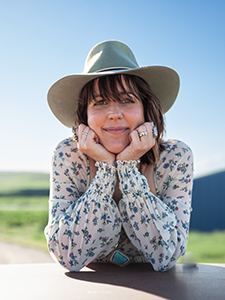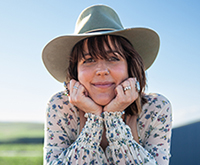How To Help Your Child Develop A Culture Of Personal Safety
Posted April 13, 2021 by Guest Poster -
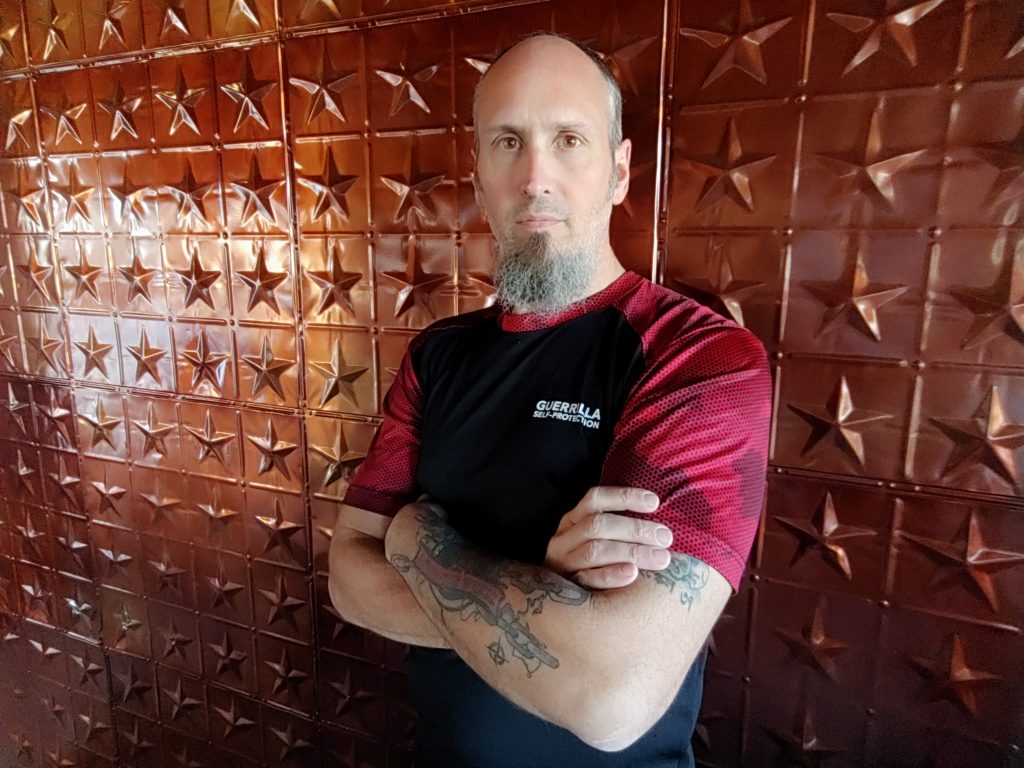
This is a guest post written by Sean Stark , a personal safety expert (check out his full bio at the end) who I connected with via Instagram a few years ago.
NOTE: Understand that some of the topics I’m going to talk about today might be triggering for you if you’ve experienced a traumatic event. You can certainly stop as necessary. It will not be graphic in any way but there’s no way for me to address these topics without actually talking about them.
As parents, we want to know how to protect our children.
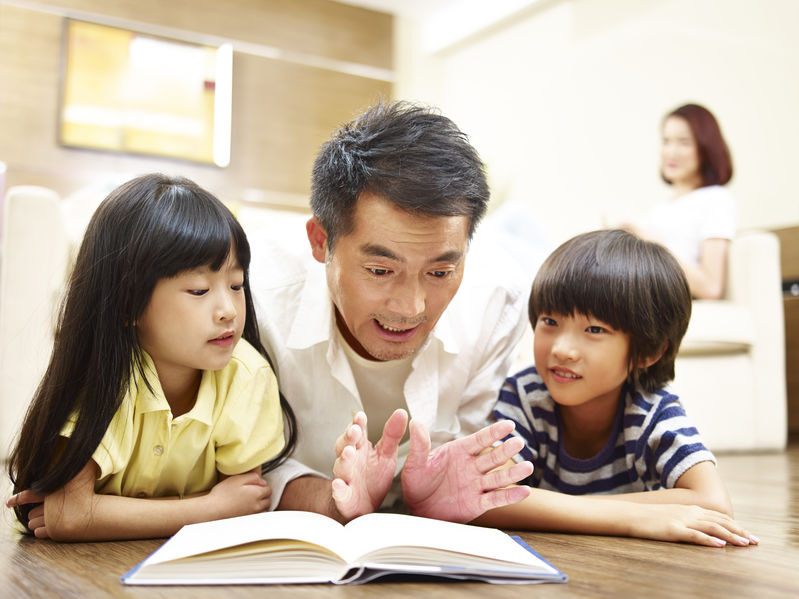
We hear things about predators on social media and game apps and we’ve been raised to think of strangers as dangerous.
We’ve done what we know to do to keep our children safe.
Yet we recognize that we don’t really know enough ourselves, so there’s no way we could possibly have given them enough…
As a parent myself I know what it’s like to have those concerns and not have the tools or education to pass them on to my kids.
I also have the background and experience of being sexually abused as a child by a neighbor, again later by a community member, and sexually assaulted by a female peer.
This gave me the courage to talk to my kids about sex and sexual violence in the best ways I knew how.
It was awkward and uncomfortable—absolutely every time.
Mostly I talked with my children about things they could do to protect themselves while attending parties, and when getting to know someone new.
They were all very specific things like keeping their own drinks, getting their own drinks, going to events in a group and staying with their friends…things like that.
Then along comes the internet.
I tried to keep them from friending people they don’t know, as well as teaching them that things on the internet simply don’t go away. I told them to be mindful of how they act, what they say, what pictures they post, to be responsible for their own personal safety…
I also did my best to keep an open door for them and watch them for cues.
I gave them more than I had ever gotten.

Here’s a hard fact, it simply wasn’t enough.
Looking back, I can see all the things I wish I had done differently—better.
Some of the advice I gave eventually did more harm than good…and I have to remind myself that I was doing my best with the tools I had at the time.
There’s no instruction book.
And let’s be honest… I’m a guy, I wouldn’t have used it anyway even if there was.
Here’s the reality, in a single blog post I cannot give you the education you need to navigate all the potholes that exist in parenting.
I can however give you some bigger picture principles that will point you in the right direction and I can give you some resources that might make all the difference.
Here’s another hard truth…no software, app, or safety feature will replace the safety you can offer to your children if you follow the tips below.
I have taken multiple courses on child safety taught by top law enforcement experts…
Good parenting is always the answer.
For all of the good the internet has brought (for example it led you to this article), it’s also true that the introduction of the internet has NOT made parenting any easier.
But parents, the internet is NOT your number one concern.
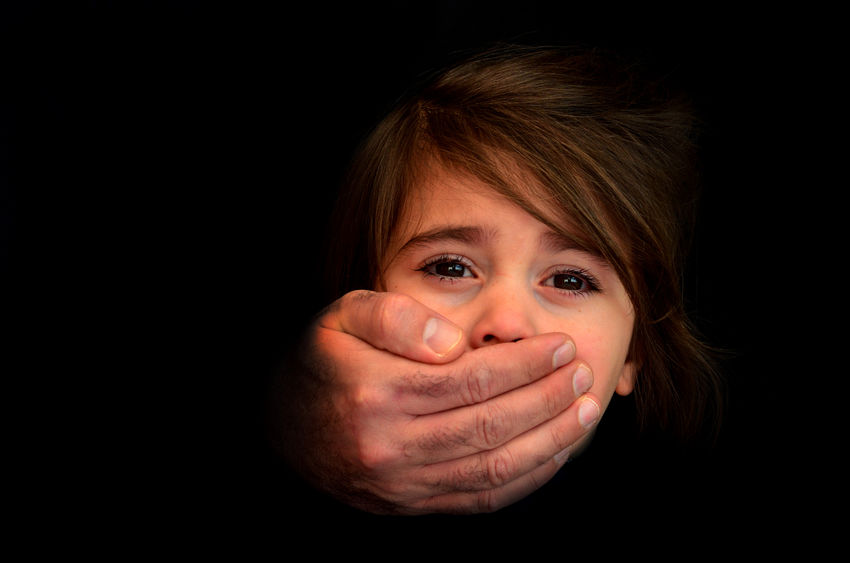
Most traumatic experiences are caused by the people within your child’s physical sphere.
Their coaches, parents, teachers, neighbors, doctors, peers, relatives, community leaders, group leaders, religious leaders, and caregivers.
Stranger danger is a thing, but it’s a relatively small thing by comparison.
It’s still important to pay attention to strangers but let’s not overlook the people who are closest to your children.
A predator needs a minimum of three things to be successful:
• Access to your child.
• A way to isolate them.
• The ability/intent to cause harm.
Once a vulnerability is identified the predator will begin to exploit it.
This is collectively known as grooming.
It is a term we are all probably familiar with, but I’m going to be really straightforward with you—people do not UNDERSTAND grooming.
They think it only happens to the victim or target.
In reality, grooming happens to the entire sphere of influence around the predator and that child or any other potential victim.
The predator’s job is to convince everyone that they are not a threat so you will not notice them or their activities.
It also often means that you’re less likely to listen to your child even if they do come forward.
We can all think of communities that were confused when a predator was identified amongst them. The news reports are identical. “He was so nice.” “Wow…they just seemed like a normal couple.” “They were always really nice and helpful to me and my kids.” And so on and so on.
Having awareness of how predators work is a useful, albeit a small bit of the puzzle.
But the reality is that predators are far more adept at deceiving people than you are at recognizing the deceit.
On average a sexual predator will have around 100 victims before they are caught.
Now imagine the numbers of people they have deceived in that process…
Before you give up hope, know that there ARE some things you absolutely CAN do to reduce the risk for your children, for yourself, and anyone else who will take the time to understand and learn them.
You absolutely have the power to reduce the risk and impact for generations to come if you learn to really use these tools in your life.
The first step in developing a culture of personal safety is really understanding, building, and enforcing personal boundaries.
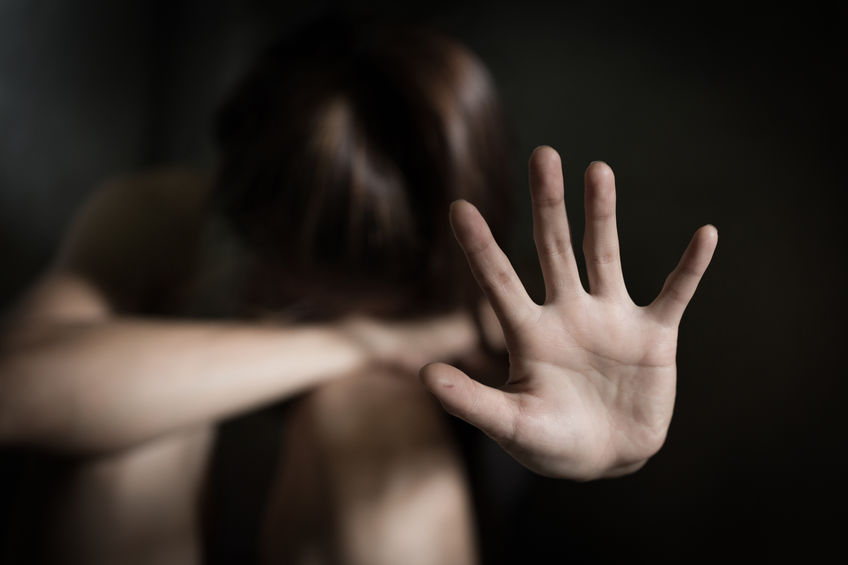
Complete and contextualized boundary setting and implementation will take you further than almost any other skill to living safely and intentionally if you take the time to learn and implement them.
Boundary setting is more than identifying things you don’t like, it’s taking the time to work through how you might respond when they are breached.
Enforceable boundary-setting involves the development of a host of skills. You don’t just “know” how to do it.
It takes education.
It takes practice.
The second step is meeting the needs of your children as wholly as possible.
By meeting needs we reduce their vulnerabilities.
It’s a fact that even staple items such as food, clothing, and material possessions are used to exploit children and young adults.
But it’s not always the physical desires and wants, it can just as easily be that our child feels “alone” and is seeking someone to actually listen to them.
They may have friends and be active in sports but still feel lonely.
We have to be actively tuned into our children and take their “temperature” in the area of emotional needs just as we might in physical areas.
We have to be willing to put our own wants aside to meet at least some of their wants.
No, I’m not saying that we should give them all the toys, clothes, games and things their little hearts desire!
I AM saying that we need to meet our children where they are at, which might mean stretching occasionally a bit to give into a want here and there.
Be the example for your own family of what healthy relationships and communication looks like.
Educate them through the experience of what you’re doing and what you’re saying.
The third step is taking time to grow your communication skills.
Learning how to be an active listener is a big step.
Truly listening to the things your child tells you.
Intently listen.
Don’t listen to respond, listen to hear.
Take the time to be as present as you can possibly be—as often as you possibly can.
It’s truly a challenge sometimes to manage the chaos, but this is where establishing a household where boundaries exist for everyone becomes important.
A child’s voice needs to be as valued as the adults in the house.
Communication needs to be open, honest, trusting, emotionally regulated, and judgment free.
You must learn to emotionally self-regulate—that is a critical component to good communication and an excellent overall skill for personal safety.
It can be overwhelming to try and consider all the things that you might need to address.
Most parents don’t give it much thought because they simply don’t know where to start.
Good news, if you’re reading this article, you’re already ahead of the game.
And, while you just received a lot of information, like I said before, you can’t learn it all from one article.
Reducing the noise, and giving you the education and tools you need, is the focus of the Firebrand Alliance.
Firebrand Alliance is an alliance of personal safety specialists and coaches who want to give parents, educators, mentors, coaches, and community leaders elemental skills and education to identify abuse, sexual violence, and predation.
Every coach in the Firebrand Alliance has a story that is fully their own.
This is what drives us.
This is our motivation.
The Firebrand Alliance offers courses on boundaries, self-regulation, stalking, human trafficking, conflict communication, boundary enforcement, self-defense, and more are being developed all the time. For those who purchase a course from this blog and use this code PWIH01 they will receive 45% off! This coupon code cannot be used with other coupons or with any course currently on sale.
Author Bio
As a survivor, Coach Sean has taken steps along a journey of service to include risk reduction, intervention, event survival and restoration.
“People have three choices when they face traumatic events. You can be a victim. You can try to ignore the trauma and its impact. Or you can become a survivor. There is only one choice that moves you forward. The other two keep you firmly entrenched in the event.”
As Co-founder of the Firebrand Alliance, this outlook drives him to serve the global community with education for normal people leading normal lives.
Coach Sean is passionate about helping those who have little protection and even smaller voices by coaching in the areas of risk reduction, intervention, survival and restoration.
Accomplishments
• Author of eight books
• Military Police Officer—Germany
• Private Security
• Volunteer with B.A.C.A.®
• Martial Artist of 30 years
• Certified in Sports Nutrition and Fitness
• Certified Nutrition Coach
• Trauma Educated Trainer (40+ Hours)
• Human Trafficking Educated (50+ Hours)
Categories: Health and Wellness, Life As It Happens, Parenting
Tags: , boundaries, education, firebrand alliance, how to talk to kids, pedophiles, personal safety, self defense, talking to kids
Previous Post « It’s A Mini Podcast And You Can Listen To It From ANY Podcast App
Next Post Prairie Wife Spring/Summer Events Calendar 2021 »
